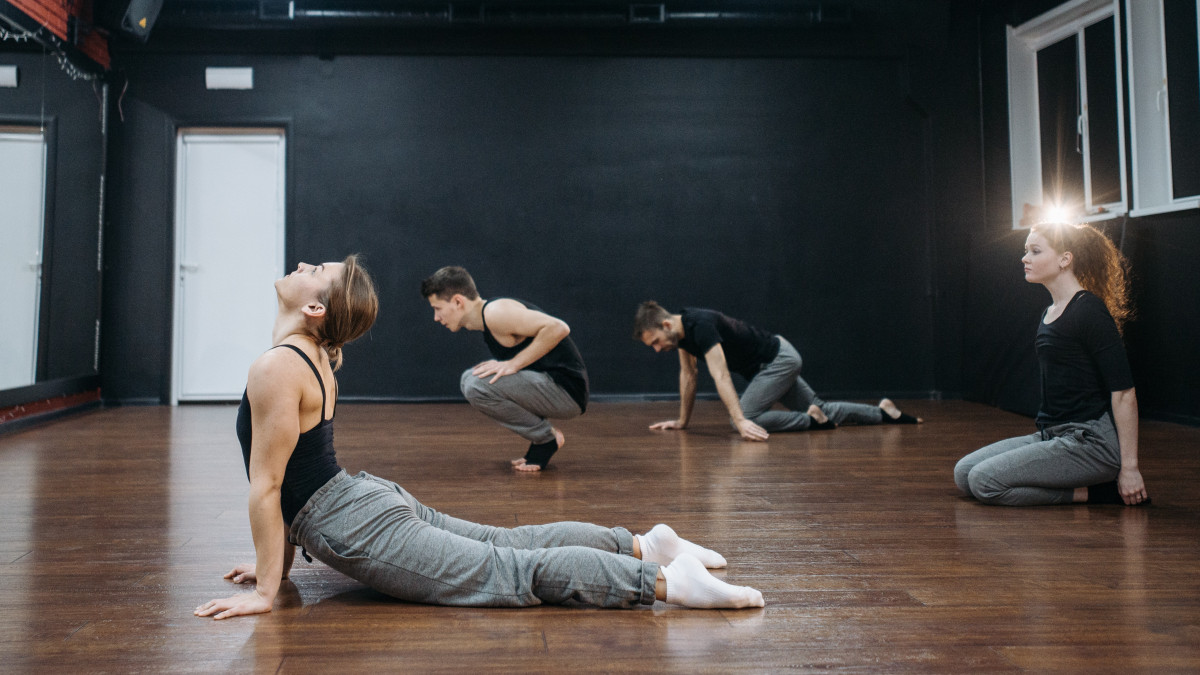Formula for a Good Warm-Up

What do you do to warm up before dance class?
Many dancers will tell me that they stretch. A lot of those dancers will then tell me that they do static stretching, such as sitting in their splits, to warm up before class. To some people this may sound crazy, but I advise dancers to not do static stretching before class. Sports science research shows that static stretching is not a good method to warm up the body and it actually reduces your muscles’ strength for some time after you finish stretching.
Not all dancers are guilty of plopping into their splits to “warm-up” before class, but I still see quite a bit that do. So hear me out. There is a much better way to prepare the body for dance class.
A warm-up is like the opening scene of a show; it sets the stage for what’s to come. Your warm-up needs to prepare your body for what is to follow in class or your performance.
Ian Jefferys, PhD, CSCS*D, NSCA-CPT*D, FNSCA, FUKSCA, RSCC*E, PGCE, ASCC (yeah, that's a lot of letters after his name...) is a world renowned strength and conditioning coach. He developed a system for warming up that provides an easy structure for athletes to follow and tailor it to their specific sport. It is called the RAMP protocol (Raise, Activate, Mobilize, Potentiate) and it gives an easy framework for dancers to warm-up effectively.
Raise (5 minutes)
- Purpose: increase body temperature, heart rate, respiration rate, blood flow, joint viscosity
- Examples: high knees, jumping jacks, butt kicks, carioca, heel raises
Activate (this step and the next step, can be done at the same time for 5 minutes total)
- Purpose: activate key muscle groups, pre-heating the muscles and preparing them to work
- Examples: walking lunges, air squats, bridges, Cossack squats, walking lunge with airplanes, crabwalk, planks
Mobilize
- Purpose: mobilize key joints, move them dynamically through their full range of motion
- Examples: leg swings, knee to chest, thread the needle, cat-cow, 90-90 hip mobility
Potentiate (5 minutes)
- Purpose: final primer before training, replicate performance and intensity demands, plyometrics, speed agility, (this will look different depending on what type of dance you are warming up for)
- Examples: hops, jumping, standing hip rotation for turnout, specific challenging choreography or combinations from class
The goal of a the RAMP protocol is to gradually ramp up the demand on the body. If your classes don’t have time to incorporate this into the actual class time, then you have to take it upon yourself to warm up your body before class starts. Pick and choose some movements from the examples here and try out the RAMP formula before your next class. The video above is an abbreviated version of a warm-up for dancers using the RAMP protocol. Try it out and let me know how it went in the comments below!
I have read and agree to the terms & conditions. We will not spam you.
 Dr. Chelsea Moehlenbrock
Dr. Chelsea Moehlenbrock 